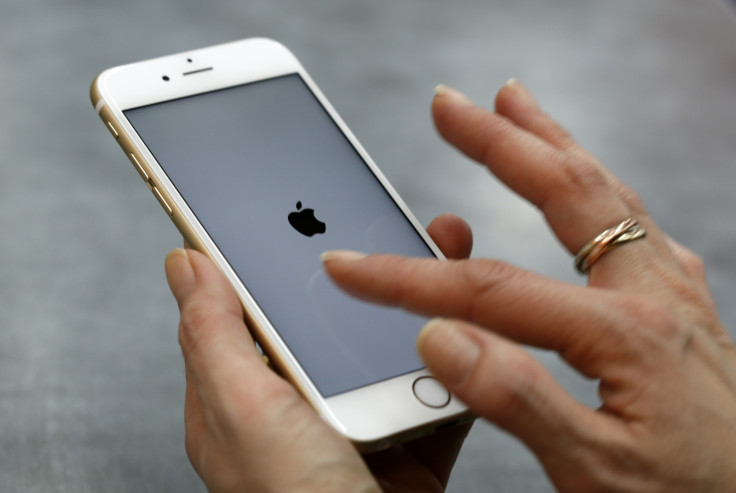iPhone 8: Apple eyeing next-gen Micro-LED display technology for future phones
Innolux CEO hints that Apple's rumoured switch to Samsung-made OLED panels could only be temporary.

Despite rampant speculation that Apple's iPhone range will adopt OLED (organic light emitting diode) displays in 2017, it appears that the Cupertino giant could be considering Micro-LED technology as a long-term replacement for its current crop of LCD panels.
The claim comes from comments attributed to representatives of the Taiwanese LCD display-maker, Innolux. According to its CEO Wang Jyh-Chau, concerns surrounding the lack of reliability and cost implications may result in a short-term move to OLED screens for Apple.
While Innolux's vice president Yang Hung-wen admits that an OLED iPhone is still on the horizon – reportedly as part of an agreement with Samsung's display production wing – he notes that Apple has started work on the development of Micro-LED technology with an eye toward the future.
The DigiTimes report states:
"In response to market speculation that Apple will adopt OLED for its new iPhone to be launched in 2017, Innolux vice president and mobile product general manager Yang Hung-wen indicated that in order for product differentiation, Apple is likely to do so but it is uncertain whether it will be on a long-term basis, especially when Apple is developing Micro-LED on its own."
Micro-LED vs OLED
Much like their OLED counterparts, Micro-LED panels do not require the traditional backlights needed to illuminate its display, meaning darker black levels and less drain on battery. However, Micro-LEDs can also be thinner and lighter, with brightness, resolution and colour gamut improvements also possible.
In the same report, AU Optronics CEO Paul Peng indicates that while Micro-LED entails "less capital investment than LCD", it does involve difficulties when it comes to mass-production. Despite concerns, Apple invested heavily in Micro-LED in 2014 when it acquired LuxVue Technology – a company that has previously filed multiple Micro-LED patents.
Respected KGI Securities analyst Ming-Chi Kuo recently noted that those hoping for major changes to Apple's iPhone range will wait until the 2017 variant, with smaller, iterative changes expected for the eagerly-awaited iPhone 7. One mooted change for the 2017 model – commonly dubbed the iPhone 7S as per Apple's usual naming conventions – is the integration of the home button and fingerprint sensor with the OLED display. An all-glass build has also been rumoured.
Those unwilling to wait for broader changes can at least look forward to the iPhone 7, however. Apple's latest iOS smartphone is set to be finally revealed to the world at a media event in San Francisco on 7 September.
© Copyright IBTimes 2024. All rights reserved.







